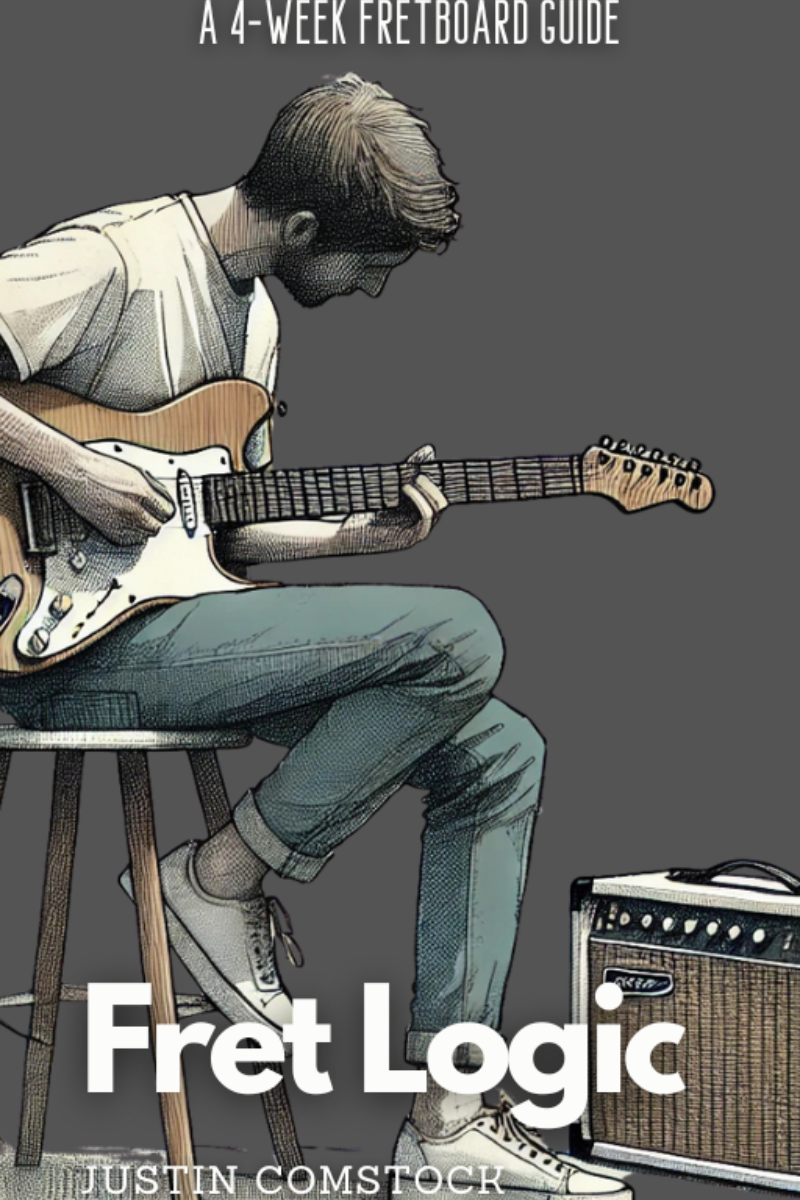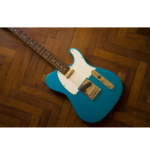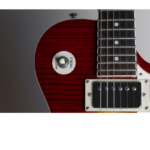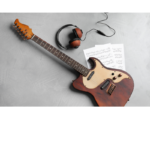How Pentatonic Guitar Tab Can Transform Your Playing (Even If You’ve Hit a Plateau)
🎸 “Jimmy Page didn’t learn the fretboard from YouTube tutorials… So why are you?”
If you’ve ever picked up a guitar and noodled around with a few scale shapes—but still feel like your solos fall flat—it’s not your fingers. It’s your framework.
That’s where pentatonic guitar tab becomes your unfair advantage.
This post will show you:
- The exact tabs you can practice today to build feel and fire in your solos
- How blues legends like B.B. King and Stevie Ray Vaughan blend minor and major pentatonics
- Why combining the two scales is the #1 secret to expressive guitar playing
- And how you can master it faster than ever—with a few tools pros wish they had starting out
Let’s plug in.

❌ Stop Guessing. Start Shredding.
If you’re still fumbling through scale patterns and box shapes… it’s costing you progress.
FretDeck™ is the no-fluff system that shows you exactly how to master the fretboard—fast. Early access.
⚡️ This isn’t for dabblers. It’s for players who want results.
👉 Click here to join the pre-launch now
Early access. Limited rewards. Don’t wait.
🎯 What Is the Pentatonic Scale (And Why It’s the Ultimate Guitar Shortcut)?
The pentatonic scale is a five-note scale that’s simple to play—and ridiculously powerful.
You’ll find it in rock, blues, jazz, country, and nearly every genre worth jamming to.
Here are the two flavors:
- Minor Pentatonic Scale (moody and bluesy)
➤ Notes: Root, minor 3rd, 4th, 5th, minor 7th
➤ Example (A minor pentatonic): A, C, D, E, G - Major Pentatonic Scale (bright and melodic)
➤ Notes: Root, 2nd, major 3rd, 5th, 6th
➤ Example (A major pentatonic): A, B, C#, E, F#
🎁 Want all 60 pentatonic scale patterns in every key?
Join our Kickstarter and get the FretDeck™ →
📈 Pentatonic Guitar Tab: The Fastest Way to Practice
Forget theory overwhelm. Pentatonic guitar tab gets you playing faster.
A Minor Pentatonic Scale Tab
e|----------------------5-8--|
B|------------------5-8------|
G|--------------5-7----------|
D|----------5-7--------------|
A|------5-7------------------|
E|--5-8----------------------|
A Major Pentatonic Scale Tab
e|----------------------5-7--|
B|------------------5-7------|
G|--------------4-6----------|
D|----------4-7--------------|
A|------4-7------------------|
E|--5-7----------------------|
⏱ Practice each scale slowly. Then…
🔥 Combine Minor + Major Pentatonic (The “Blues God” Move)
If you want your solos to sound like Clapton, SRV, or B.B. King, here’s the holy grail:
✅ Combine the minor and major pentatonic scales in the same key.
Why it works: You’re creating emotional tension and release—the essence of blues guitar.
Use This Blues Scale Tab (Add That ‘Blue Note’)
e|----------------------5-8--|
B|------------------5-8------|
G|--------------5-7----------|
D|----------5-7--------------|
A|------5-6-7----------------|
E|--5-8----------------------|
That b5 (blue note) creates instant blues mojo. Blend it with both the minor and major pentatonic scales for magic.
🎵 Killer Lick: Combine A Minor + A Major Pentatonic
This tab stitches together both scales with serious feel:
e|---------------------------5-7-8---|
B|----------------------5-7----------|
G|--------------4-5-7----------------|
D|----------5-7----------------------|
A|------4-7--------------------------|
E|--5-7------------------------------|
🔥 Try bending the 7th fret on the G string. Feel that? That’s blues fire.
🎸 Blues Icons Who Mastered Pentatonic Guitar Tabs
🎤 B.B. King: Soul + Simplicity
B.B. didn’t play fast. He played emotionally intelligent notes.
- Minor pentatonic = sorrow
- Major pentatonic = joy
- Switch between them = conversation
Try This B.B.-Inspired Lick:
e|----------------------------8-10-|
B|----------------------8-10-------|
G|---------------7-9-11------------|
D|---------7-9---------------------|
A|-----7-9-------------------------|
E|-7-10----------------------------|
⚡ Stevie Ray Vaughan: Raw Emotion + Control
SRV’s solos punch you in the gut and hug you at the same time. He lived in the minor pentatonic and slid into major notes when you least expected it.
“Pride & Joy”-Style Lick:
e|---------------------------12-15-|
B|----------------------12-15------|
G|---------------12-14-------------|
D|----------12-14------------------|
A|------12-14----------------------|
E|-12-15---------------------------|
✅ 5 Pro Tips to Master Pentatonic Guitar Tabs
- Loop It
Use a looper pedal to hear your scale shifts in real time. - Back It Up
Play over slow blues backing tracks to internalize phrasing. - Bend Between Worlds
Bend from the minor 3rd to the major 3rd (e.g. C to C# in A). - Slide and Vibrato
It’s not the notes—it’s how you play them. Add flavor. - Record Your Practice
Play. Listen. Improve. Rinse and repeat.
💥 Ready to Master the Neck?
🎁 Grab 27 FREE guitar charts right now to lock in your fretboard knowledge:
👉 Download Here
💡 Want to go way deeper?
🃏 The FretDeck™ Kickstarter helps you learn all 60 pentatonic guitar scales and master fretboard navigation faster than ever.

Join Guitar Freaks Hangout on Discord! 🎸
Get Fret Logic FREE!
Join the Guitar Freaks Hangout Discord and get exclusive access to my entire e-book, Fret Logic! Master the fretboard and elevate your solos with this comprehensive guide.
👉 Don’t miss out—join now and download your free copy!
Final Thoughts: Pentatonic Guitar Tab = Limitless Sound
Whether you’re soloing like Hendrix or writing your first lick, the pentatonic guitar tab is your launchpad. Master the two scales. Combine them. Break the rules. And above all—make it sound like you.
Now go plug in and make it sing. 🎸










